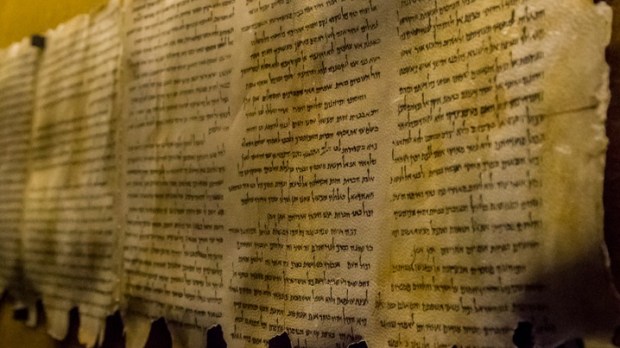More and more, DNA is playing a big role in archaeology. Just recently, a study using the DNA found in buried skulls confirmed that the Canaanites were a clear and homogeneous group that lived in the land now known as Israel.
The Dead Sea Scrolls, which were found in the 1940s in caves at Qumran, are the latest artifacts to be studied using the technology.
“DNA sequencing conducted by Tel Aviv University and the Israel Antiquities Authority has allowed for finer matching or differentiation among the scrolls,” Reuters reported. “While the sheepskin of some of the scrolls could be produced in the desert, cowskin — found in at least two samples — was more typical of cities like Jerusalem, where Jews, at the time, had their second temple and were under Roman rule.”
Israeli researchers, assisted by a Swedish DNA lab, determined that two textually different copies of the Book of Jeremiah were brought to Qumran from the outside.
That would suggest that Second Temple-era Jewish society was much more pluralistic than previously assumed, researchers told Reuters.
The technology has another benefit, though: helping to spot counterfeits. “Since we can distinguish scrolls that originated from Qumran from other scrolls, we think that maybe in the future it could help identify real versus false scroll pieces,” Oded Rechavi, neurobiology professor at Tel Aviv University, told the wire service, which cited as an example the five supposed Dead Sea Scrolls that were removed from the Museum of the Bible in Washington in 2018.

